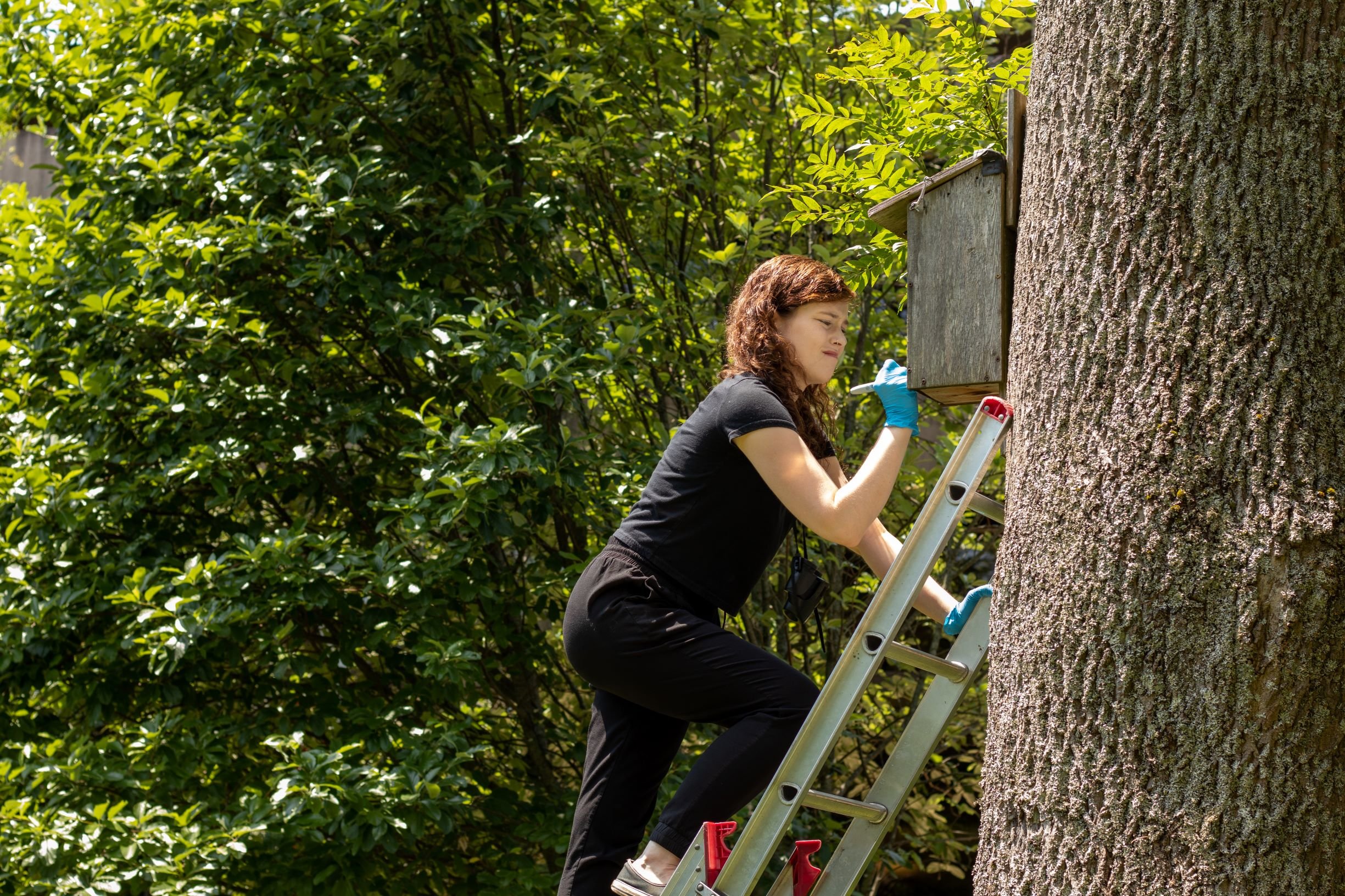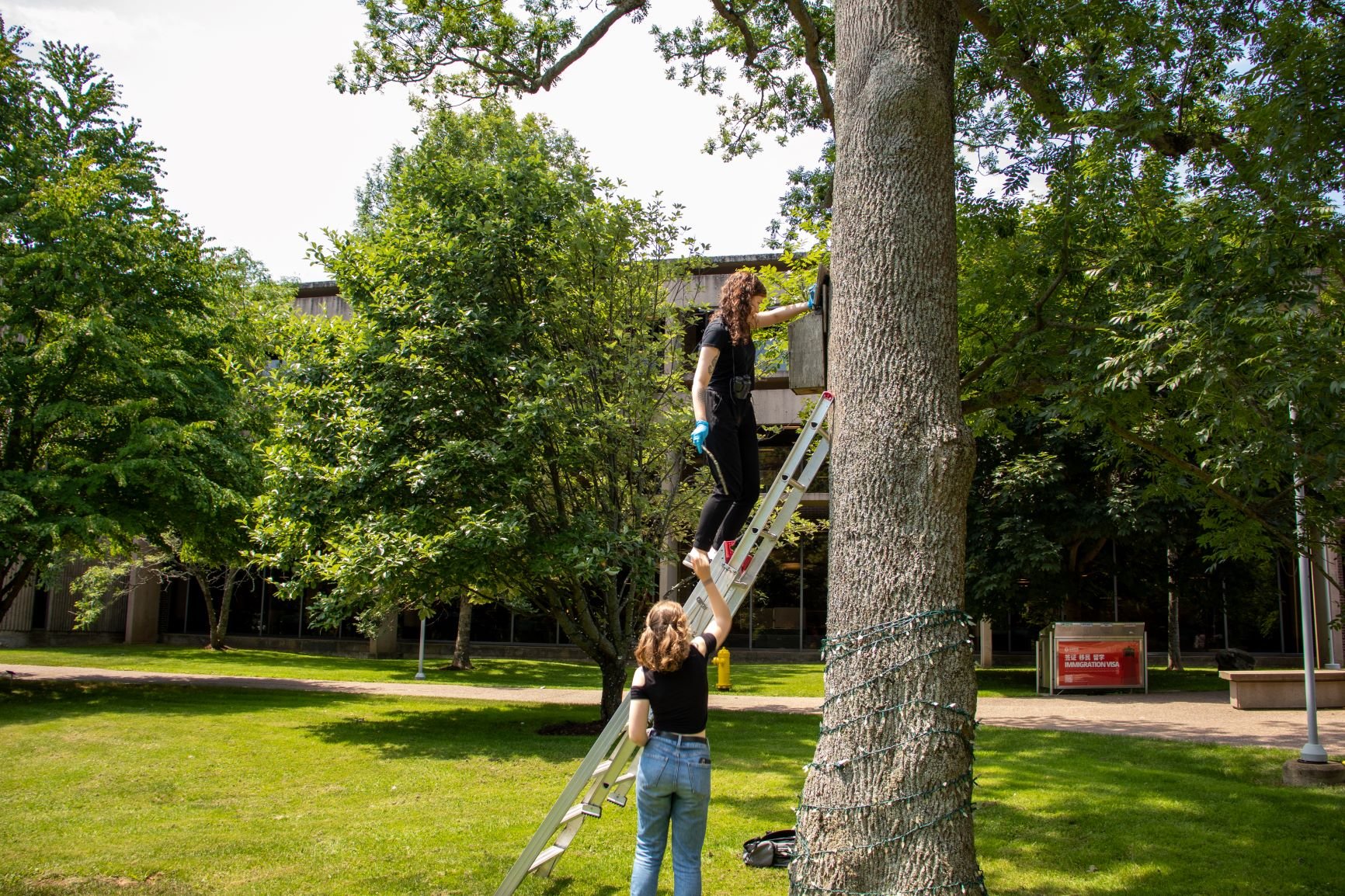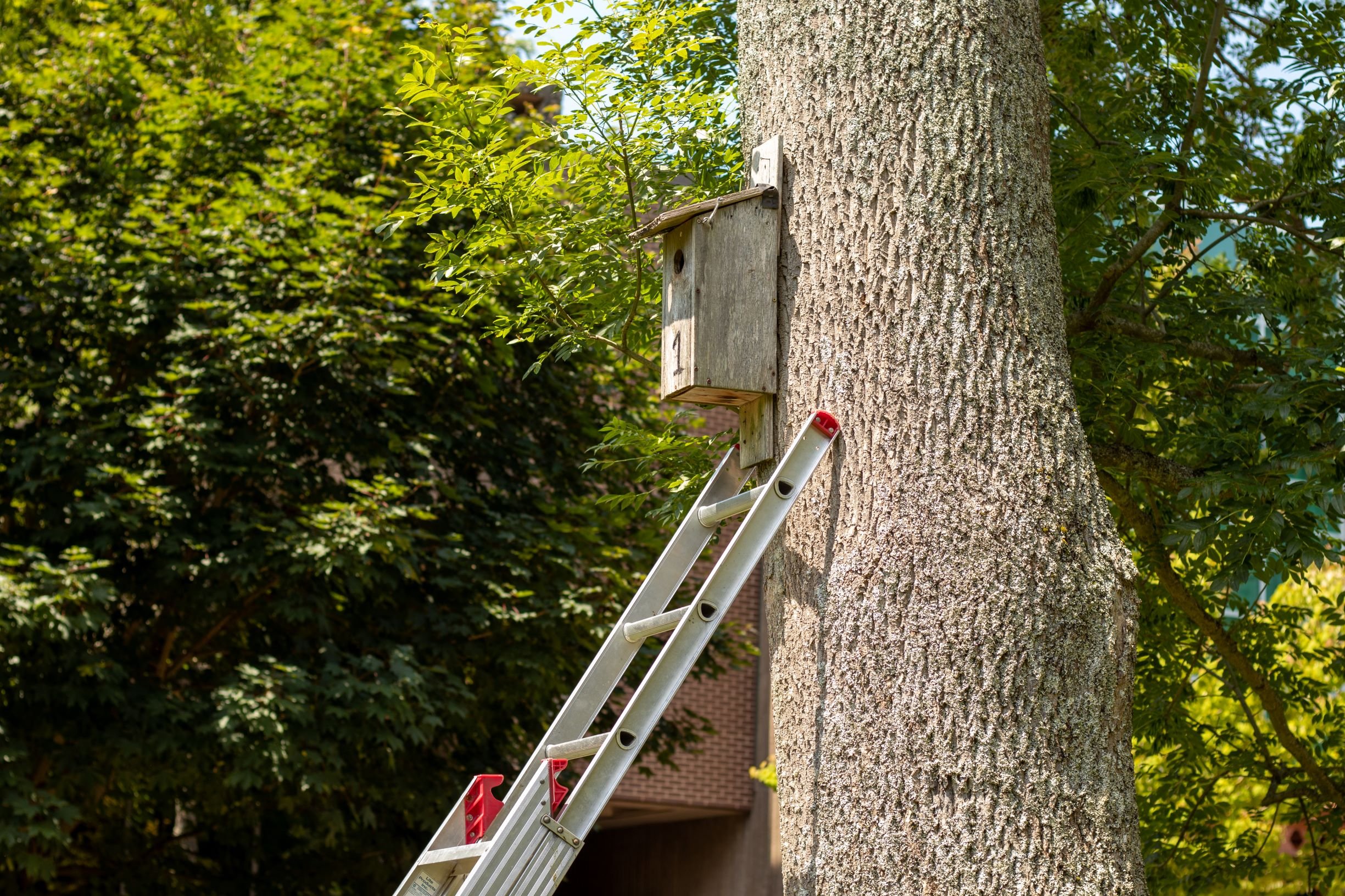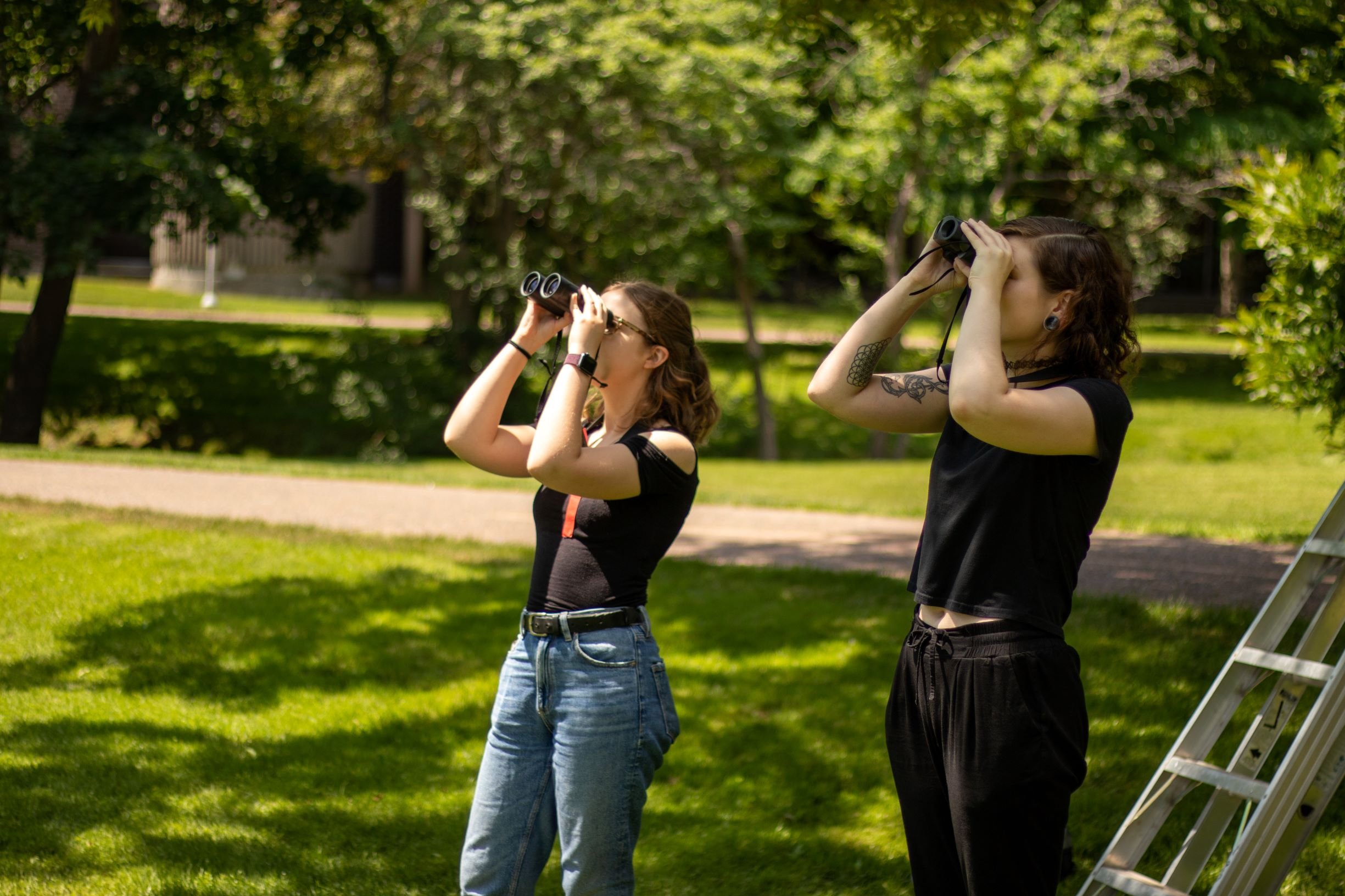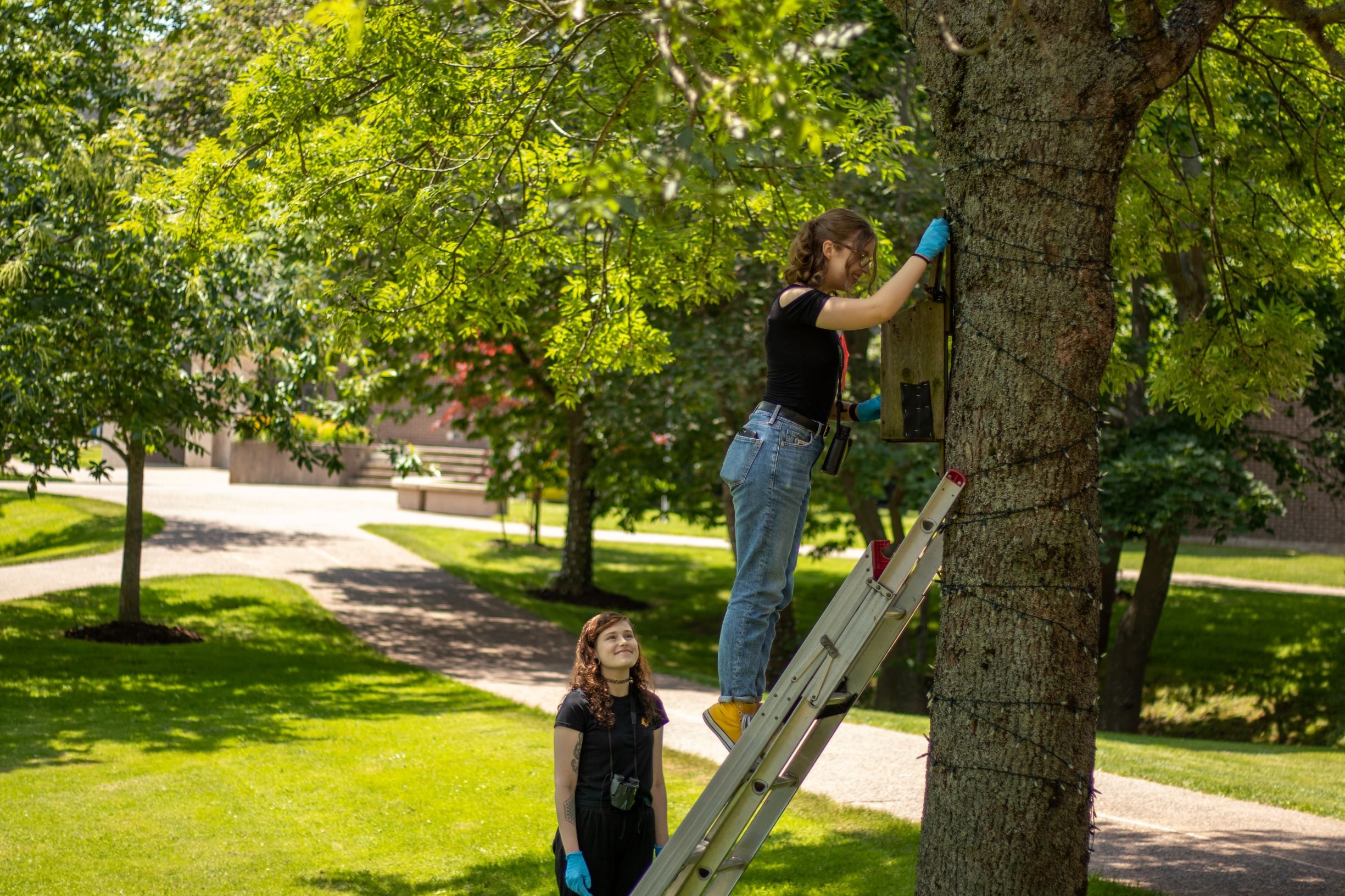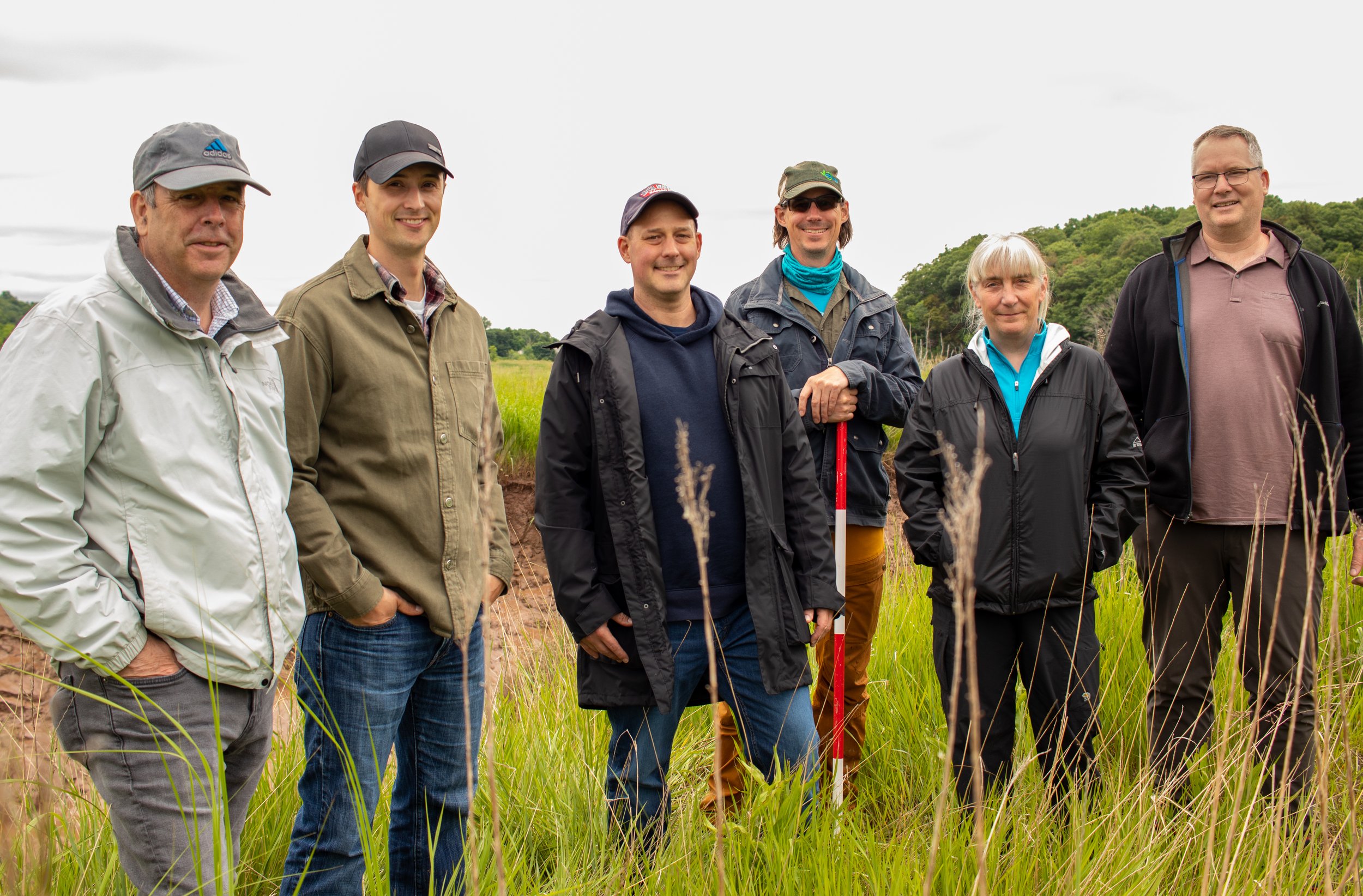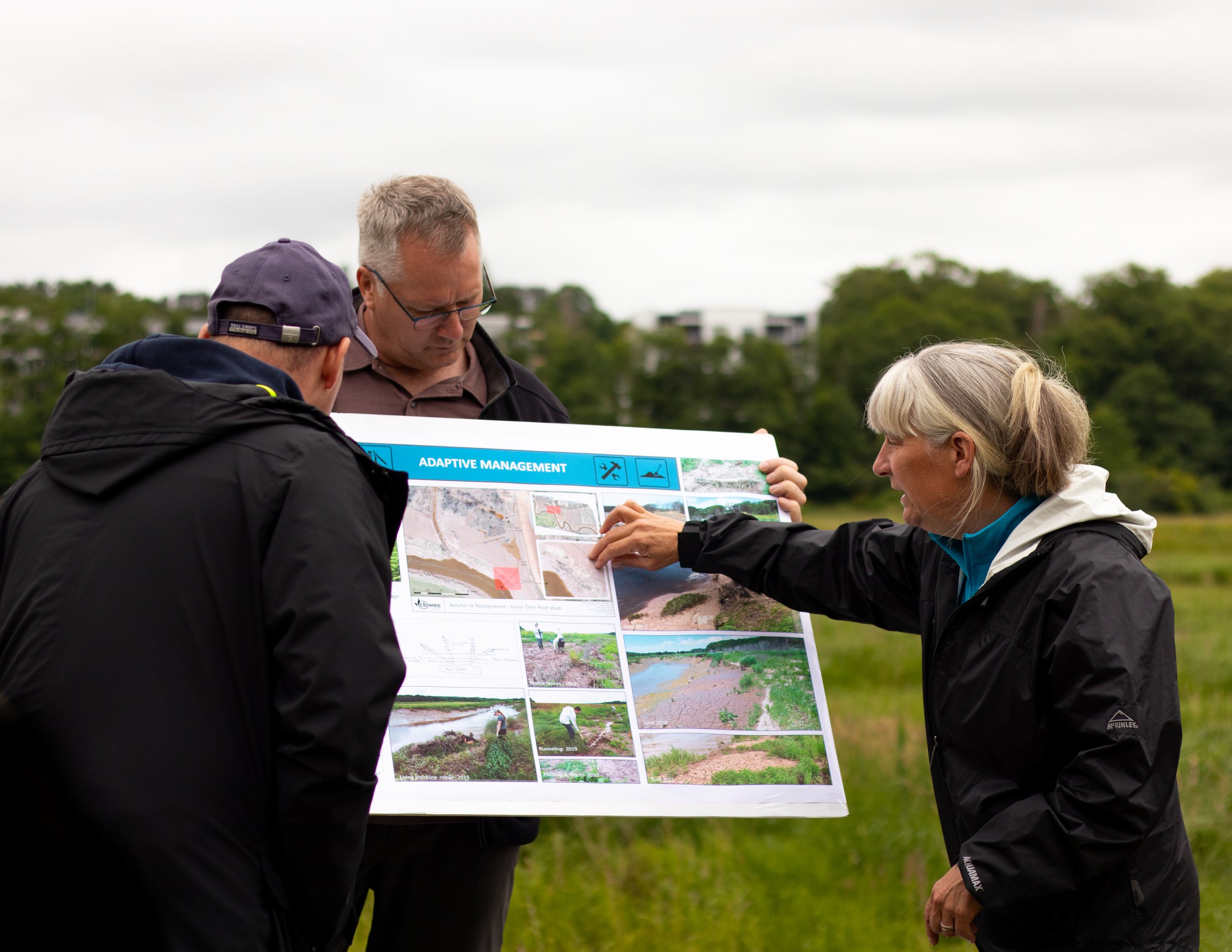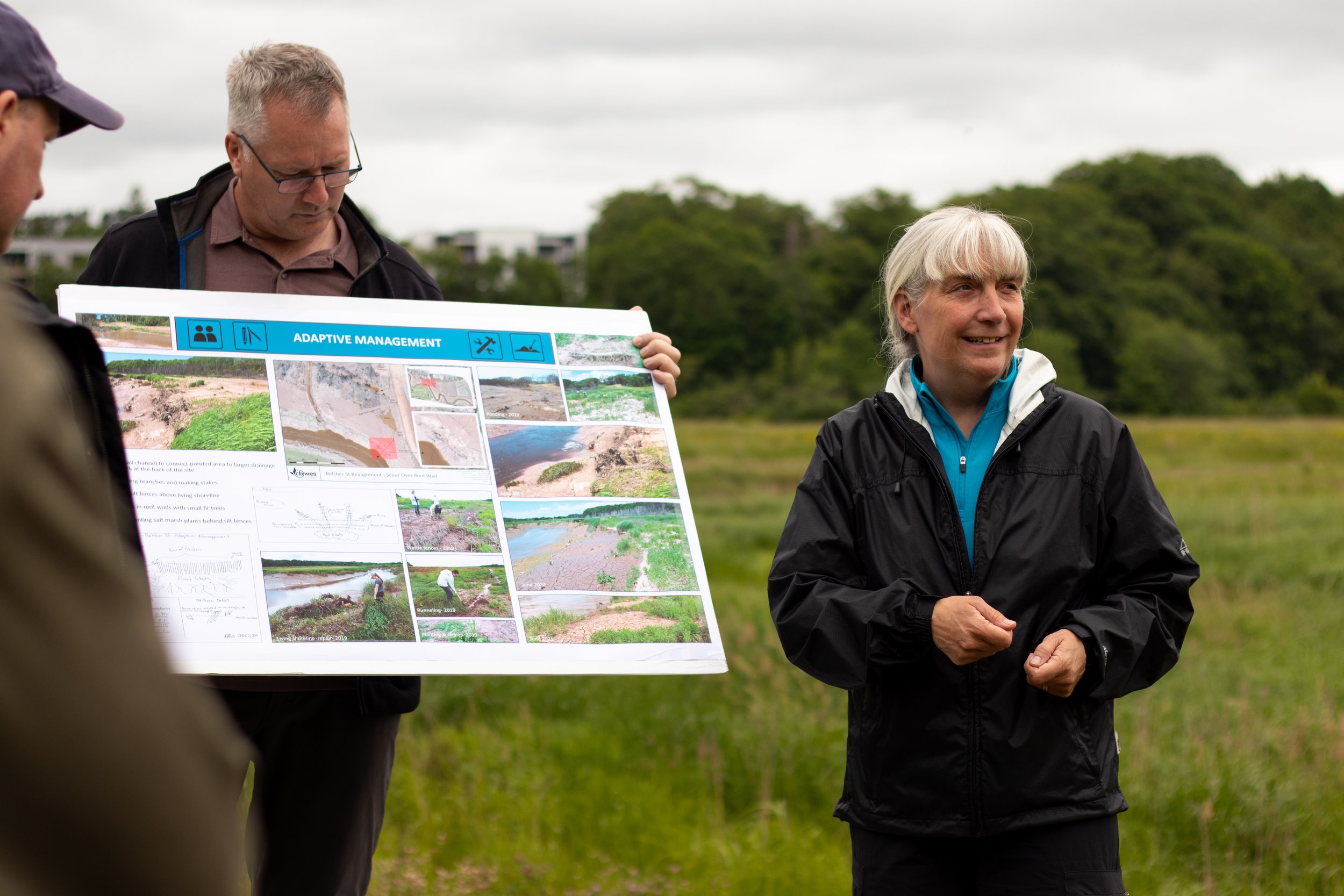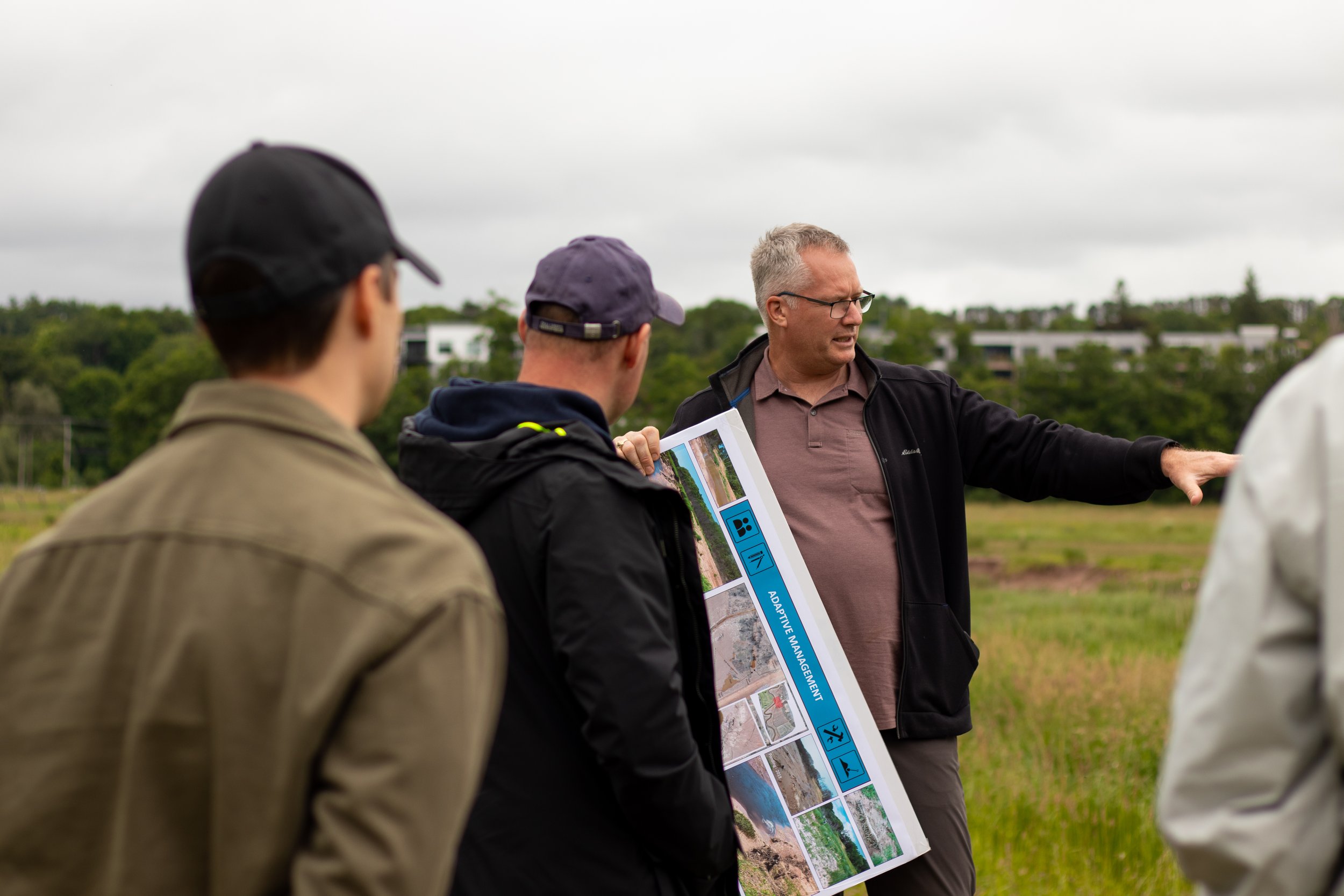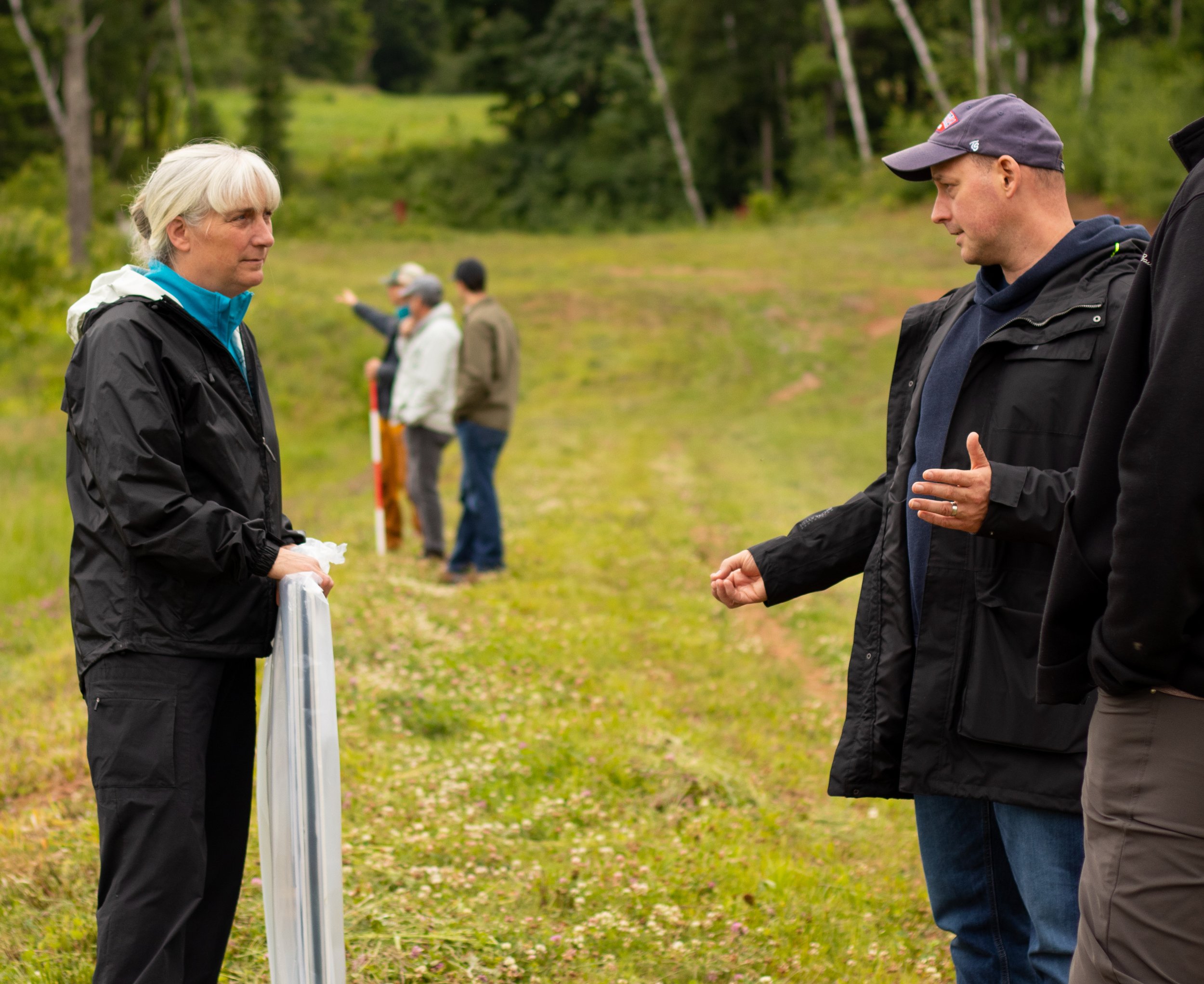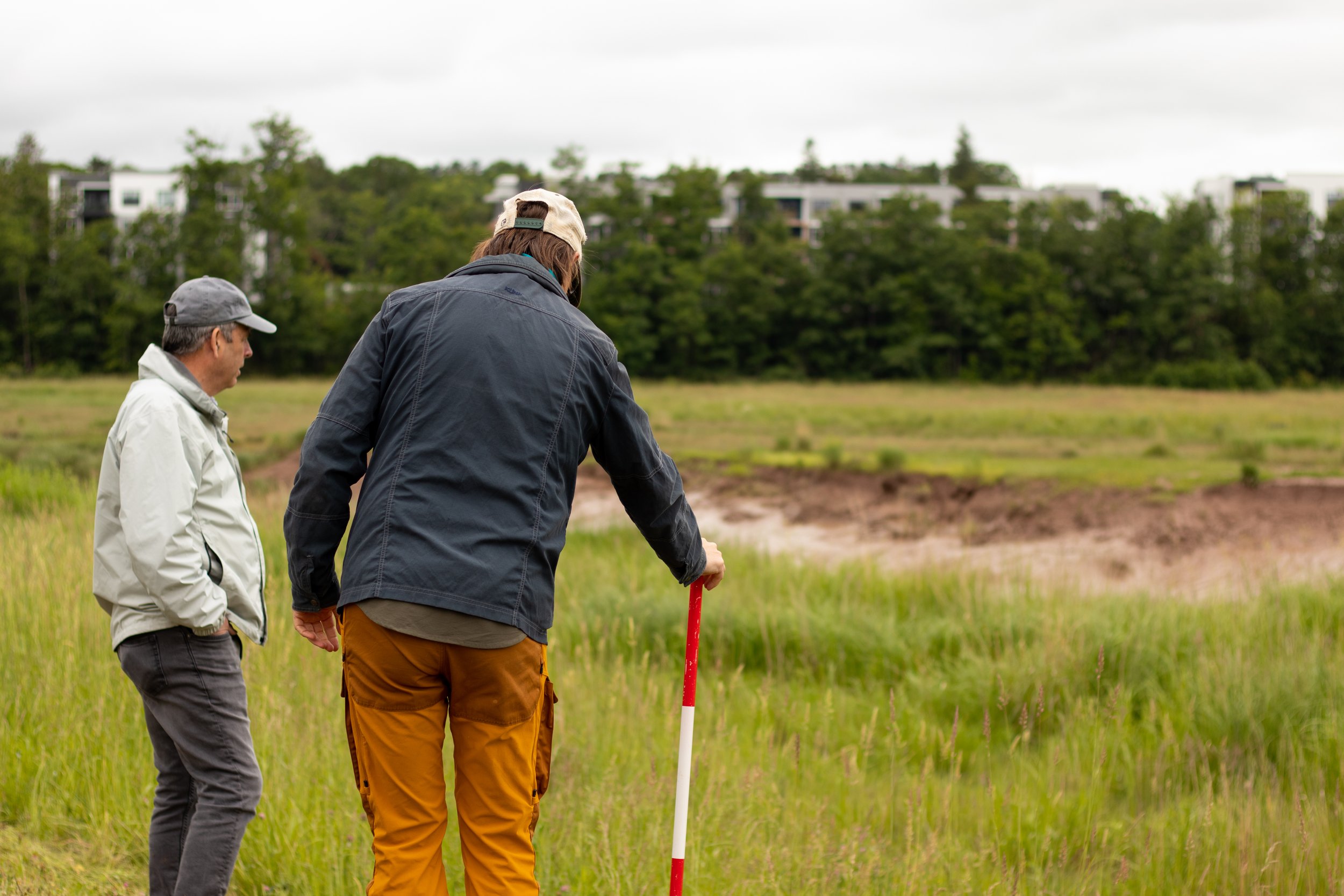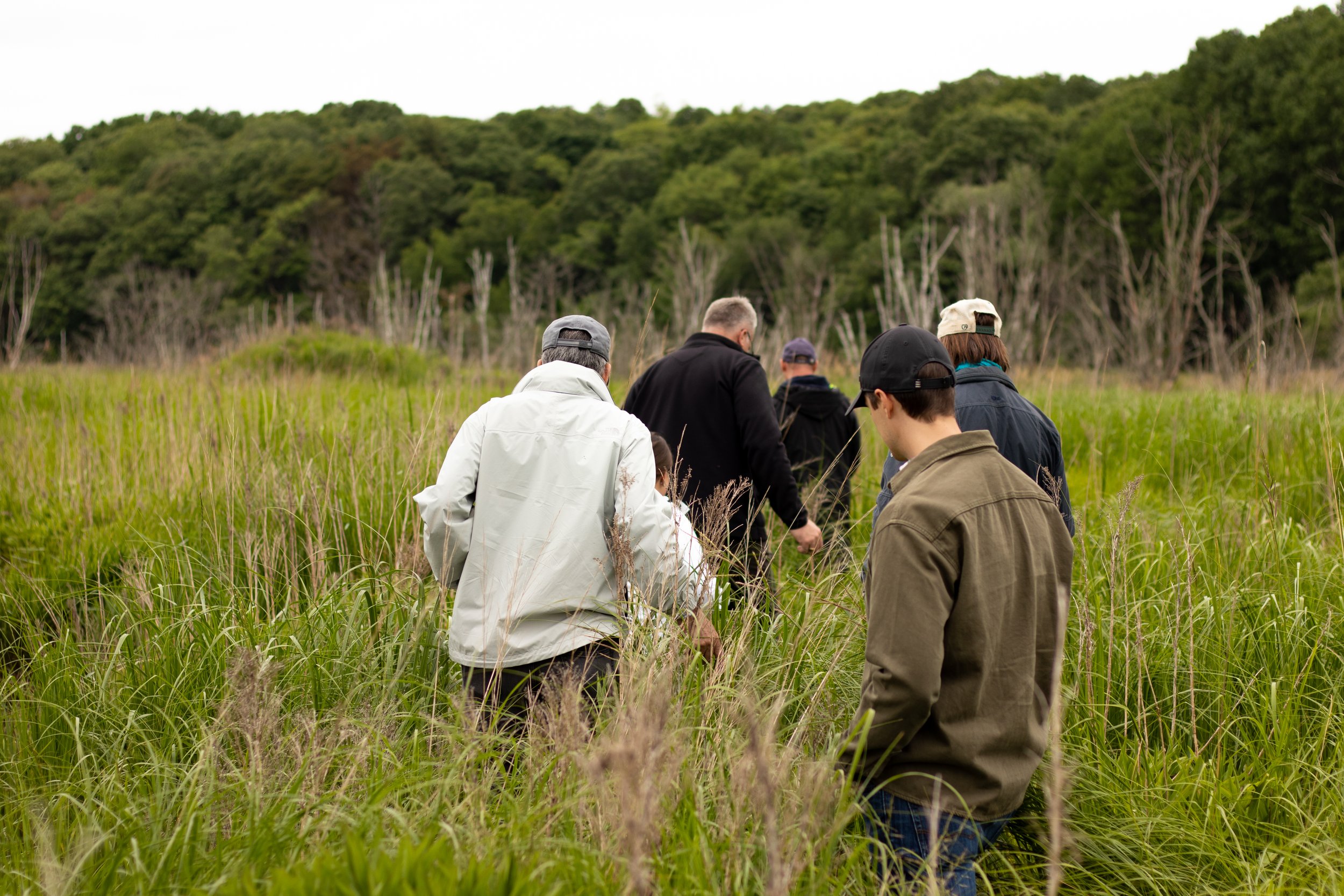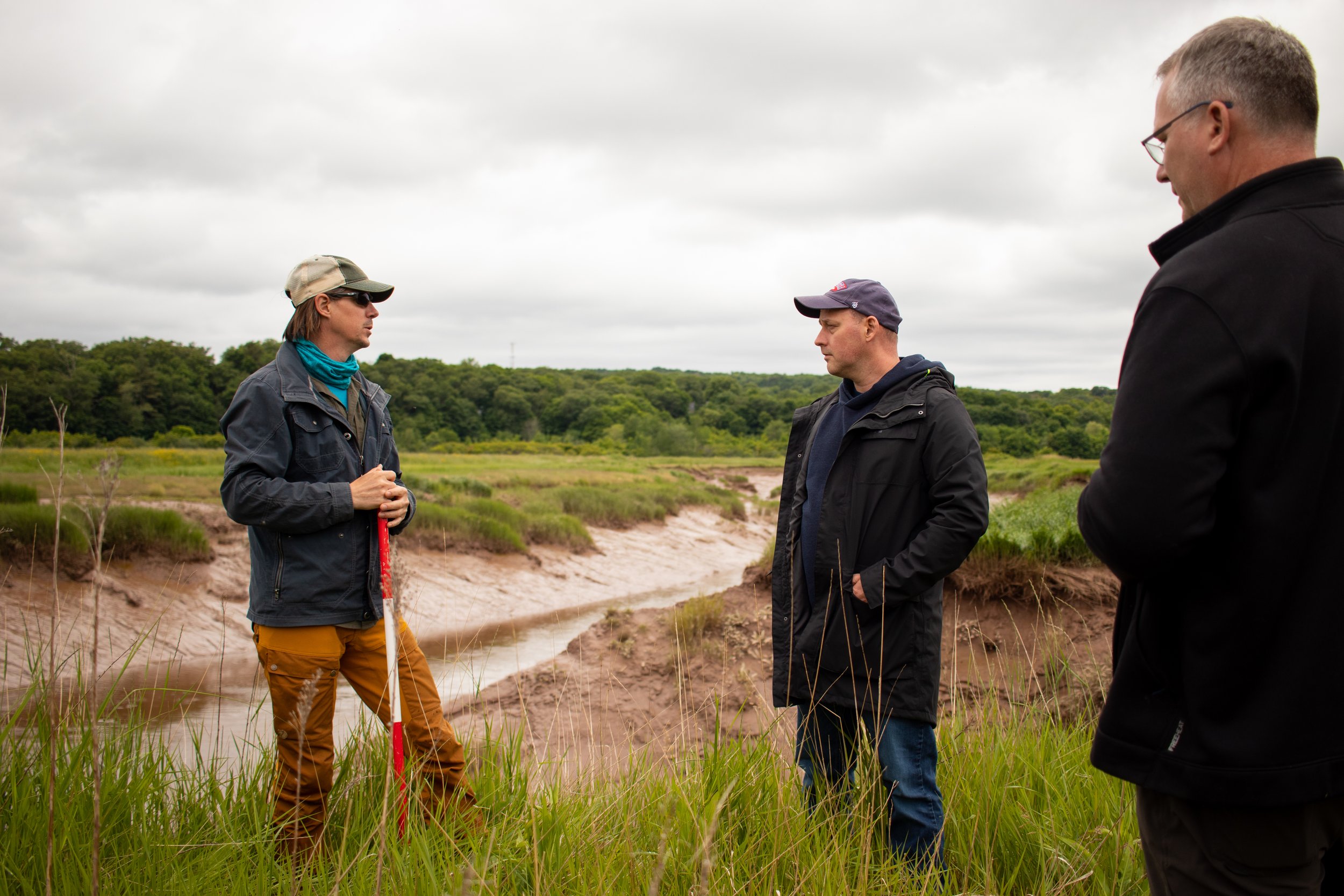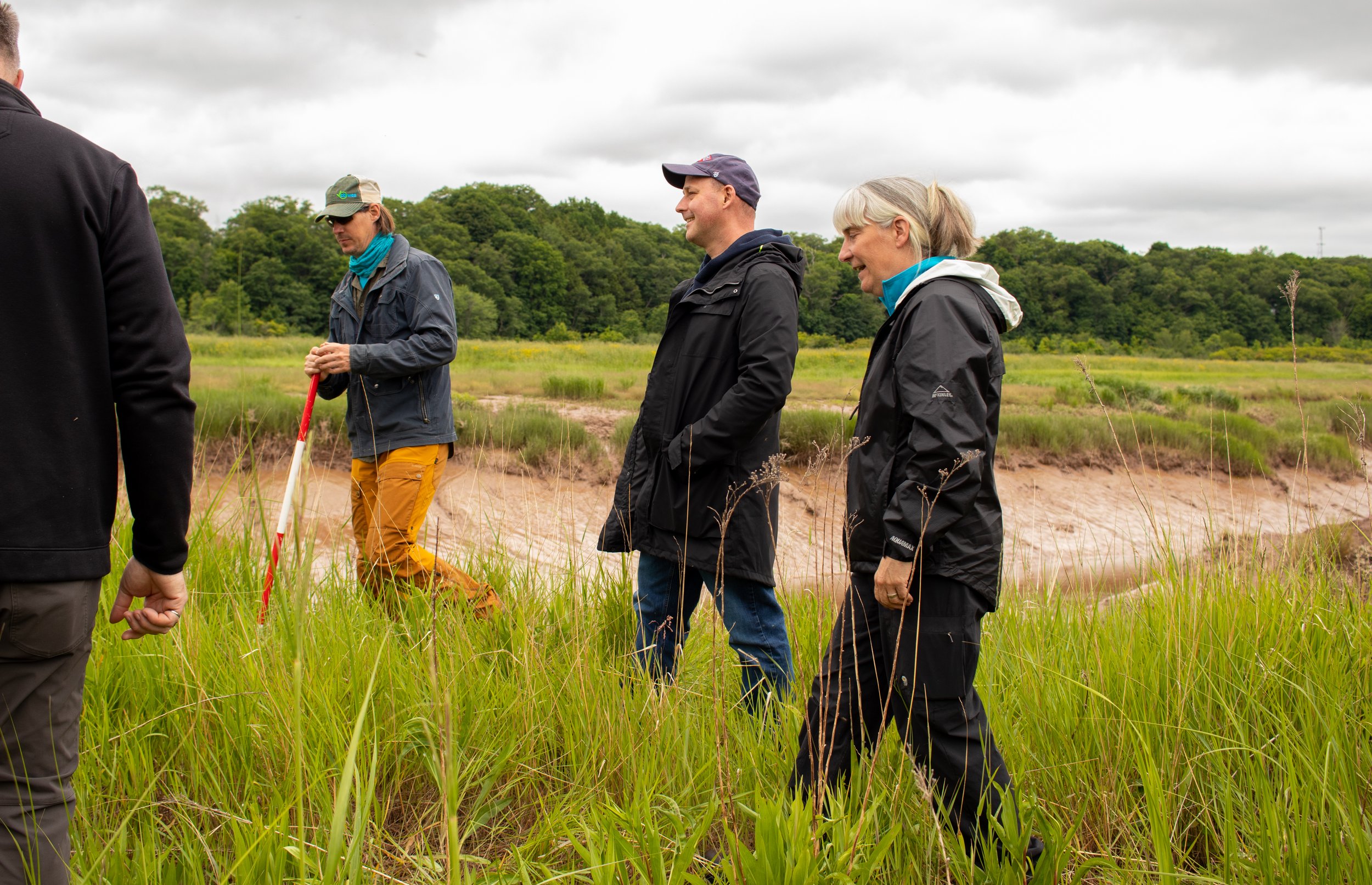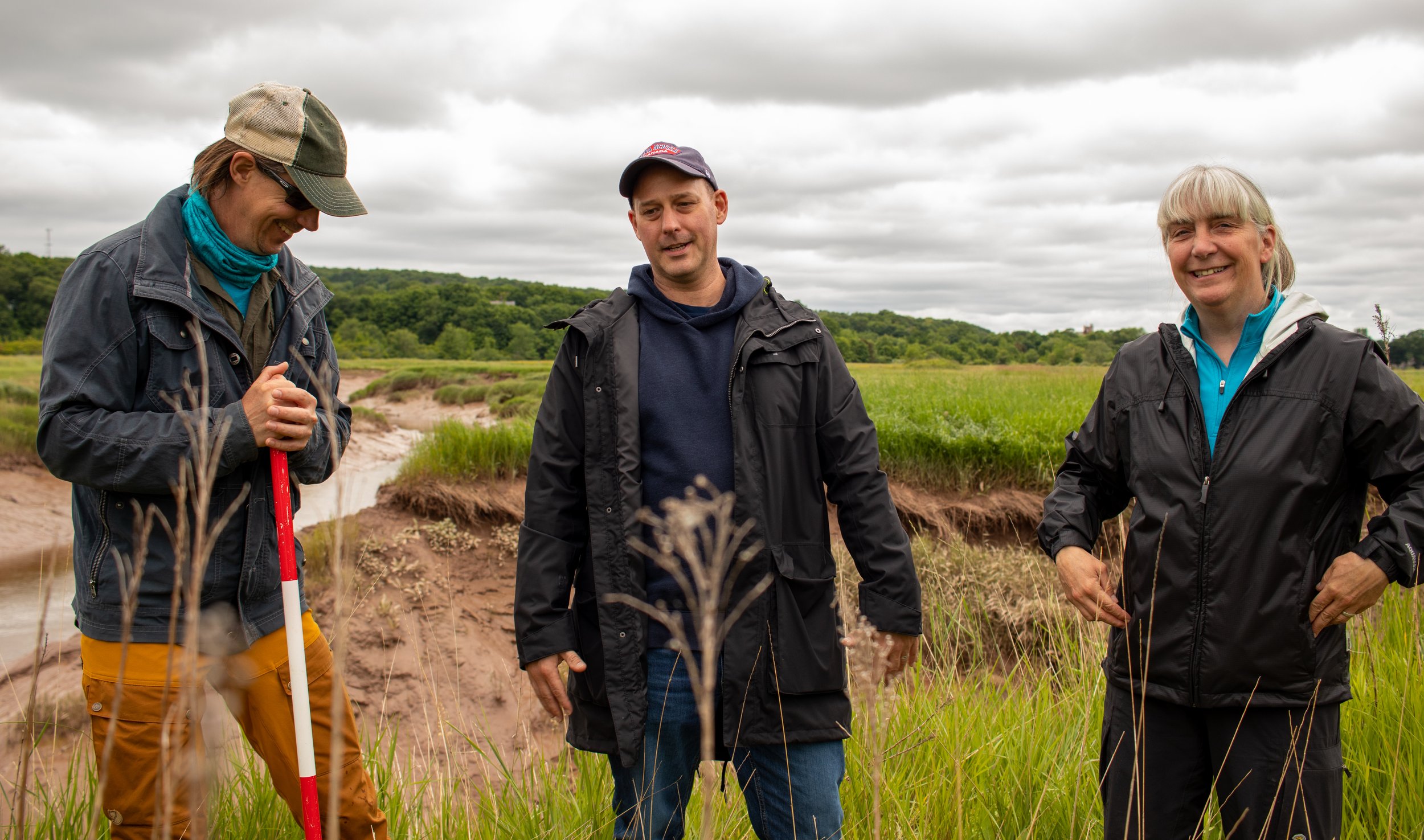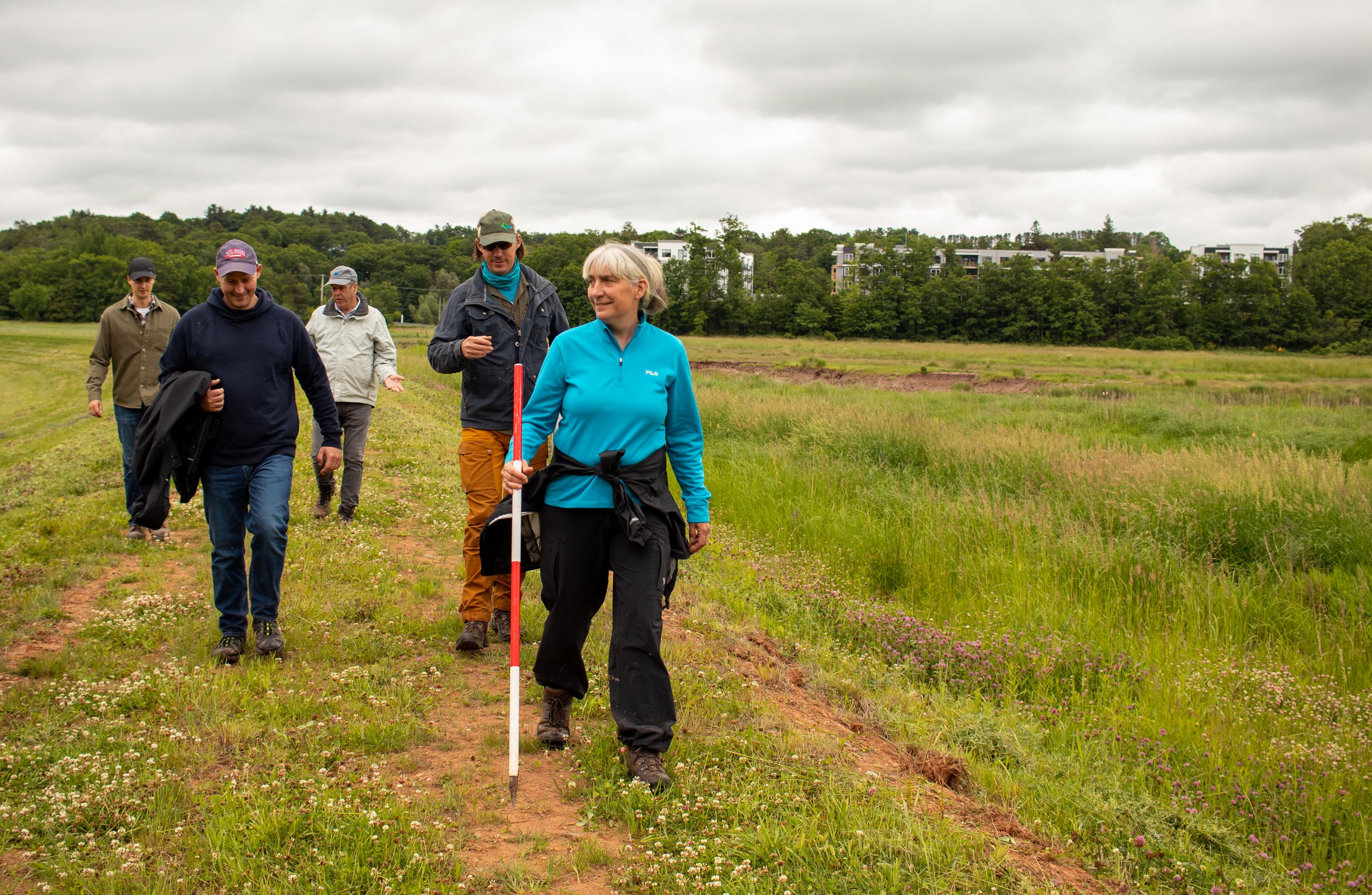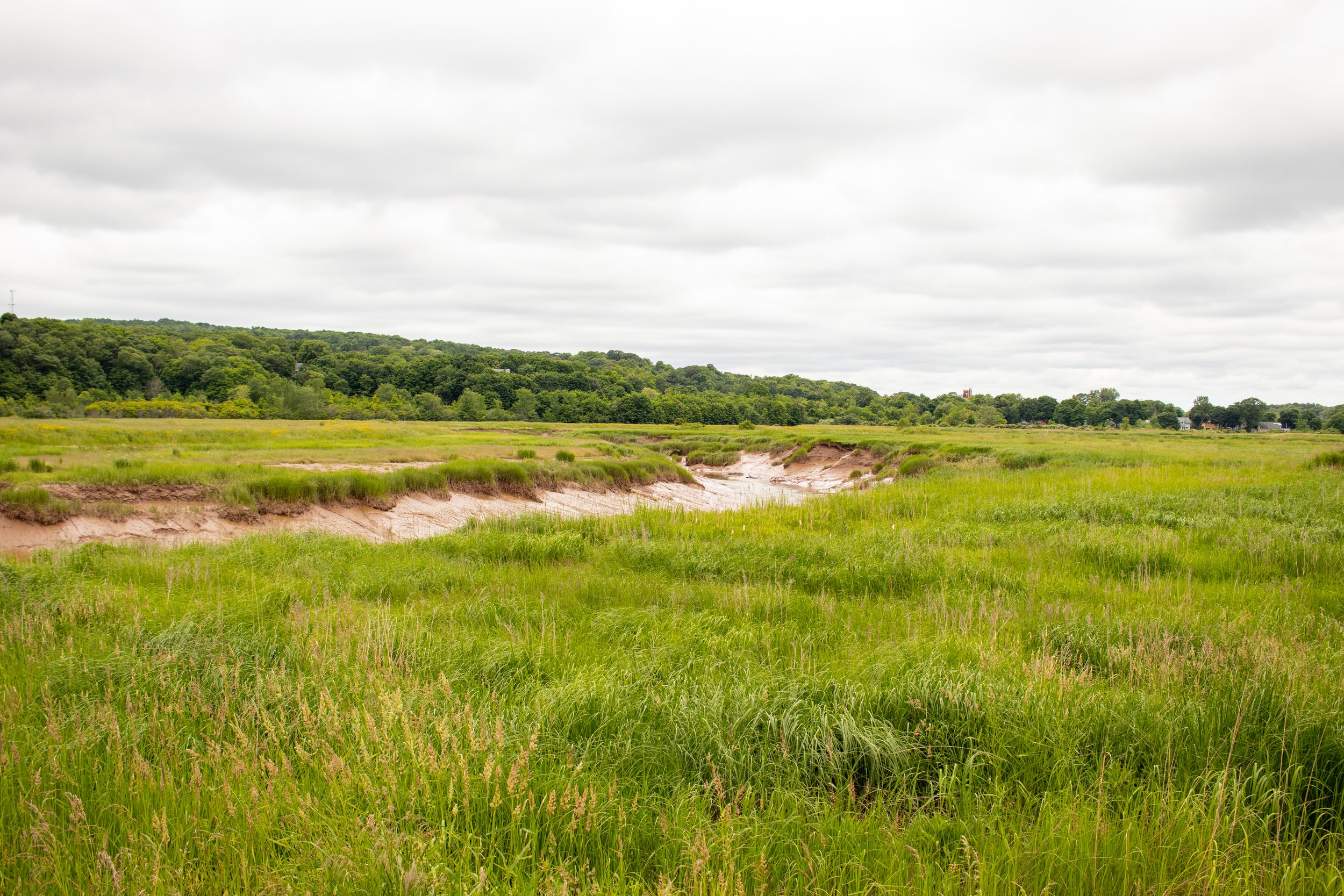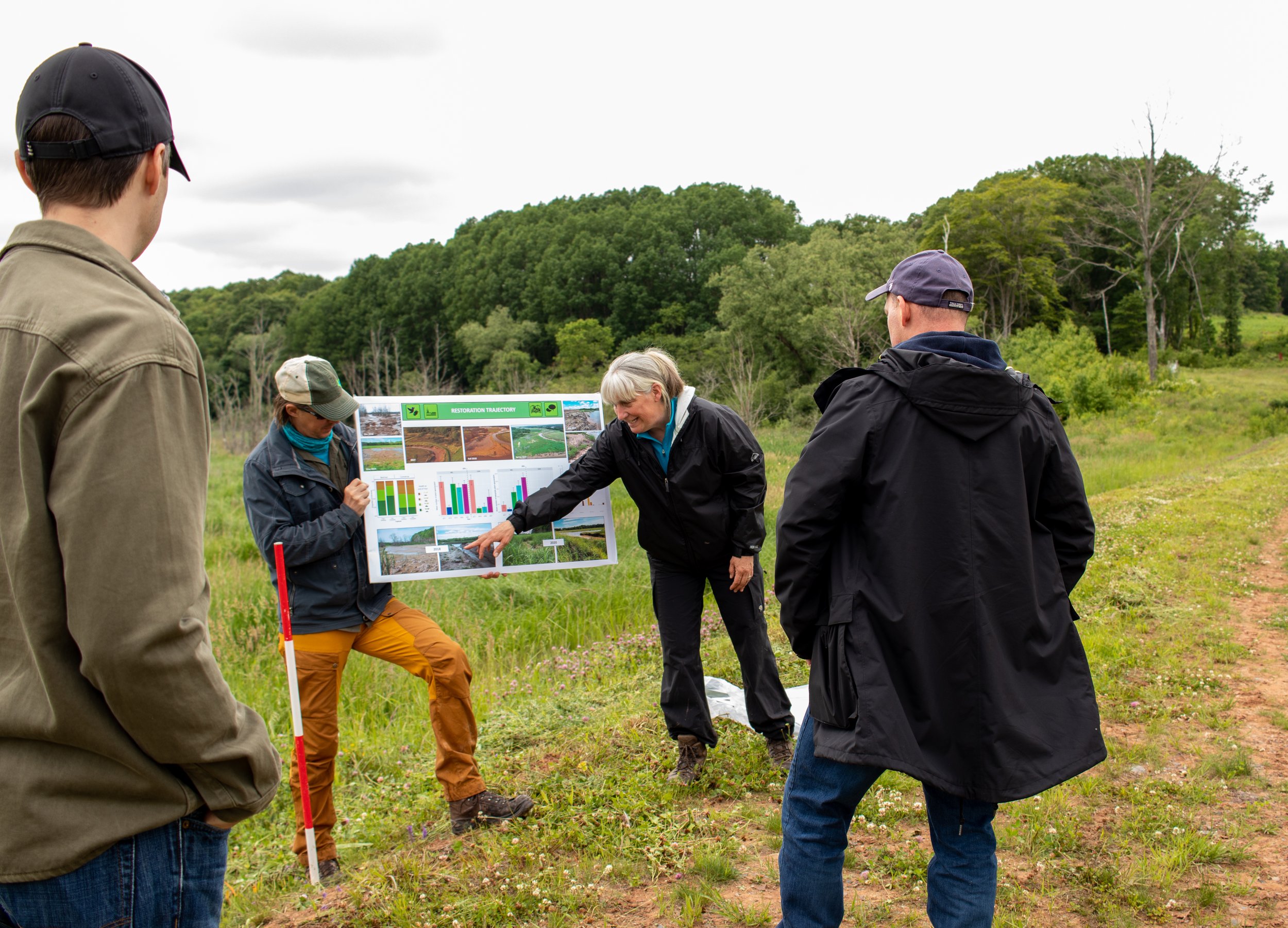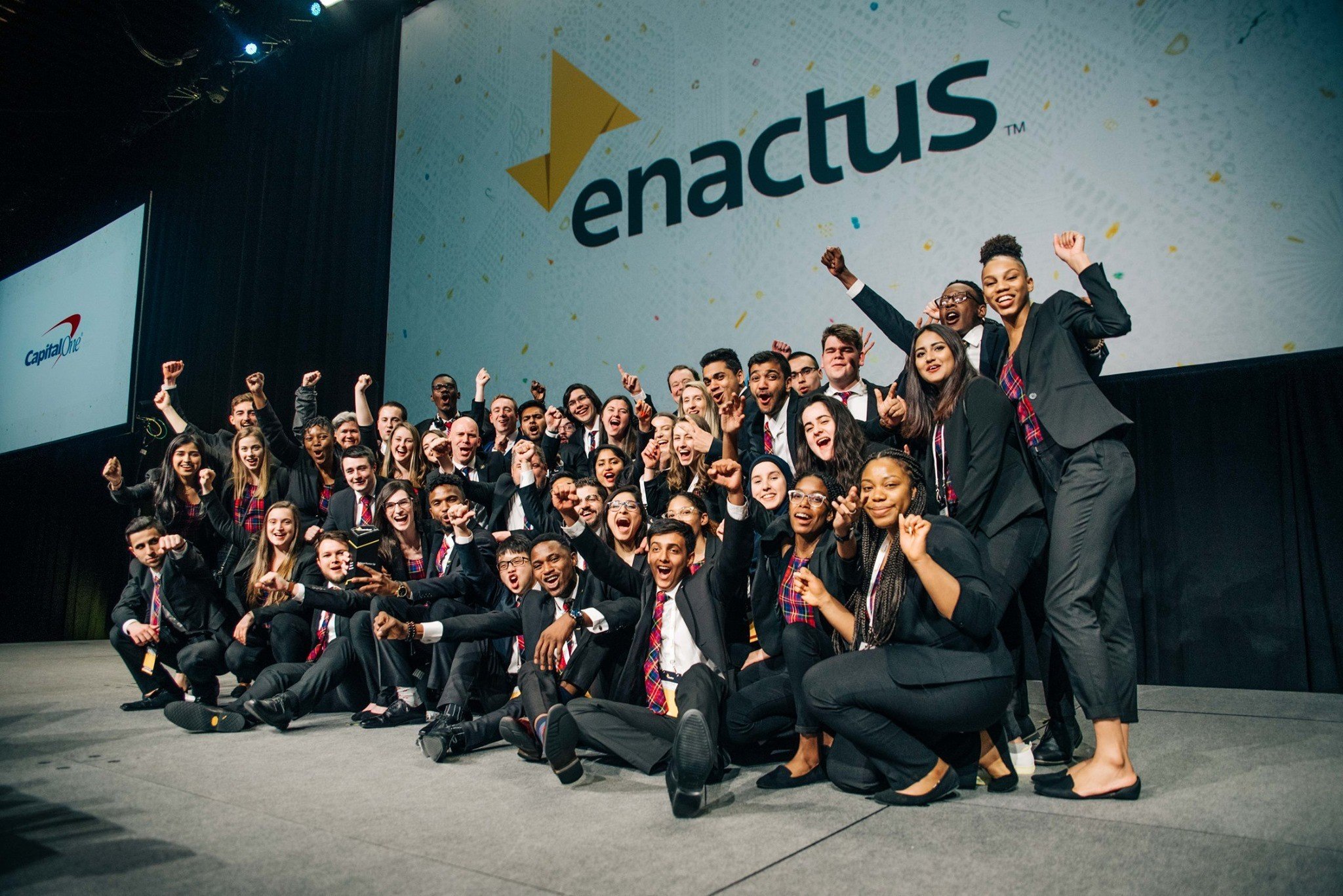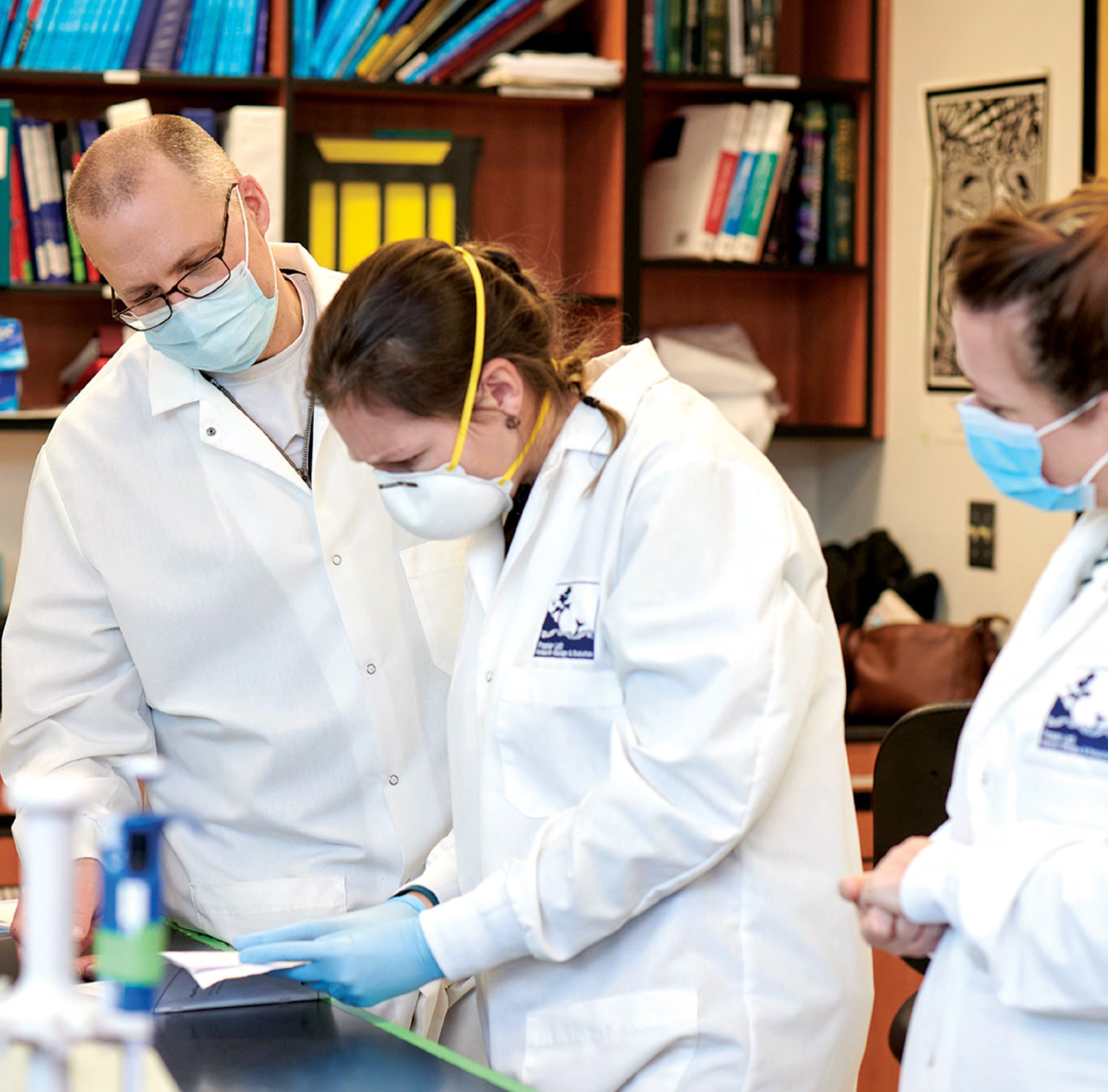The idea for the project came years earlier during Dr. Tokarz’s graduate studies when she was involved in a pilot study on otoconia crystals, showing that they have a very interesting interaction with a high peak power laser. While investigating this opportunity, she realized otoconia degeneration affected someone she knew personally; her good friend had chronic vertigo and became bedridden after a car accident two years earlier.
“She would tell me about the dizzy spells that prevented her from being able to leave her house—sometimes she had to just stay in bed to avoid falling and it really impacted her life,” explains Dr. Tokarz. The possibility that a research avenue can have a real impact motivated Dr. Tokarz to participate in that pilot study and continue its study at Saint Mary’s University.
Dr. Tokarz’s approach to this field of study has earned her an impressive New Investigator Grant from Research Nova Scotia with funding worth $100,000 over two years. Titled “Investigating Otoconia Ultrastructure during Degeneration,” the project focuses on otoconia and the role they play in balance disorders. A major health issue, especially for seniors, the loss of balance can lead to falls, bone fractures and dizziness that can leave patients bedridden for extended periods.
Otoconia are micron-sized crystals in the inner ear. They are a key part of the vestibular system, which provides our brain with information on motion, head position and spatial orientation. Otoconia are critical for being able to walk without falling.
“Otoconia can degrade due to aging and as a result of some prescribed pharmaceuticals,” explains Dr. Tokarz. “Since otoconia don’t regenerate themselves, the medical therapies we have available today have limited effect since they can only treat the symptoms.”
Because otoconia are so close to the brain, it is important to perform ex vivo studies—studies that take place outside of a living organism such as a person. This research will focus on how and why the otoconia crystals degrade. Furthermore, since otoconia tend to degrade from the inside out, a specialized technique is needed to visualize the damage. Dr. Tokarz and her team will use an ultrafast laser microscope to visualize the interior of the crystals and determine their degradation level. The research is expected to result in very early detection of otoconia degeneration, allowing the team to develop methods to both prevent degeneration of otoconia, and induce and promote repair and regeneration.
“The goal of this project is to establish both the onset of otoconia degeneration and to understand its dominant mechanisms, including the internal and external structural changes that occur,” said Dr. Tokarz. “To achieve this goal, we will use a mouse model to classify the crystalline structure of otoconia, and to characterize the structural changes that occur to mice otoconia during aging, as well as due to acute use of certain pharmaceuticals.”
There are several antibiotics amongst aminoglycosides that are toxic to the vestibular system in very high amounts; low-level damage is difficult to detect, meaning safe dosage levels have not been established. This research will also provide a platform for testing therapies for similar vestibular disorders.
Dr. Tokarz has already mapped out future research plans based on this work that will continue to enhance health care for Nova Scotians.
Learn more about the programs, opportunities and research within our Chemistry Department.
About the Grants
Research Nova Scotia awarded a total of $1.48 million in funding to 15 research projects at six Nova Scotia universities and healthcare centers through its New Health Investigator Grant for the 2021-22 year.
The New Health Investigator Grant supports early-career health researchers who are engaged in work that aligns with the province’s health research priorities. The grant aims to provide two years of support of up to $100,000 for researchers who are within the first five years of their academic appointment in Nova Scotia or who are new to the field of health research. Funding provided will support the establishment of independent programs of research, support and expand the research productivity necessary for obtaining long term funding from national and external agencies and expand the potential for early-career investigators to make significant contributions in their field. For the 2021-22 academic year, funding for this grant is provided by the Nova Scotia Department of Health and Wellness.








